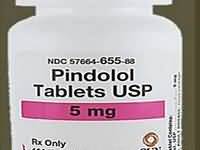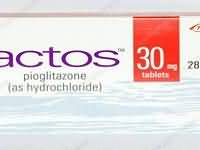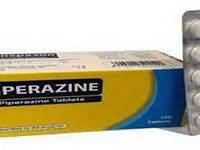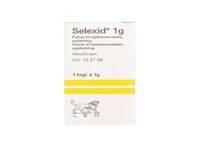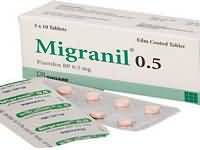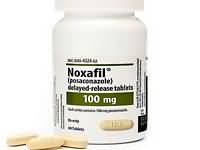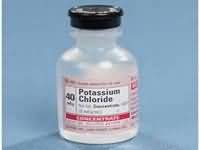Quinagolide
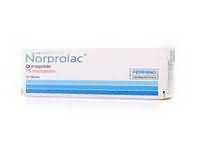
CLINICAL USE
Hyperprolactinaemia
DOSE IN NORMAL RENAL FUNCTION
75–150 micrograms daily
PHARMACOKINETICS
Molecular weight :432 (as hydrochloride) %Protein binding :90 %Excreted unchanged in urine : Very little, most is excreted as metabolites in faeces and urine Volume of distribution (L/kg) :100 litreshalf-life – normal/ESRD (hrs) :17 DOSE IN RENAL IMPAIRMENT
GFR (mL/MIN)
20 to 50 : Use with caution Start with low dose and titrate according to response 10 to 20 : Use with caution Start with low dose and titrate according to response <10 : Use with caution Start with low dose and titrate according to response DOSE IN PATIENTS UNDERGOING RENAL REPLACEMENT THERAPIES
CAPD :Unknown dialysability. Dose as in GFR <10 mL/min HD :Unknown dialysability. Dose as in GFR <10 mL/minHDF/high flux :Unknown dialysability. Dose as in GFR <10 mL/minCAV/VVHD :Unknown dialysability. Dose as in GFR 10 to 20 mL/min IMPORTANT DRUG INTERACTIONS
Potentially hazardous interactions with other drugsNone known ADMINISTRATION
Reconstition
– Route
Oral Rate of Administration
–Comments
– OTHER INFORMATION
Manufacturer advises to avoid use in renal impairment due to lack of dataRenally excreted metabolites (glucuronide and sulphate) are inactive.
See how to identify renal failure stages according to GFR calculation
See how to diagnose irreversible renal disease
Home

